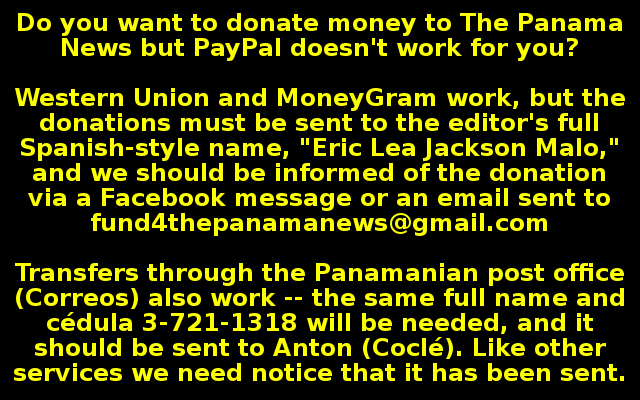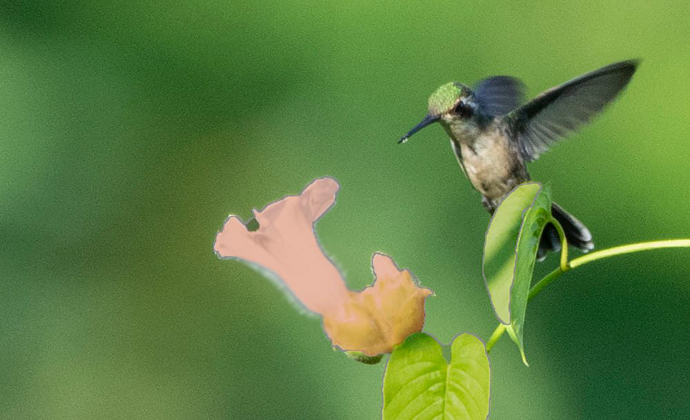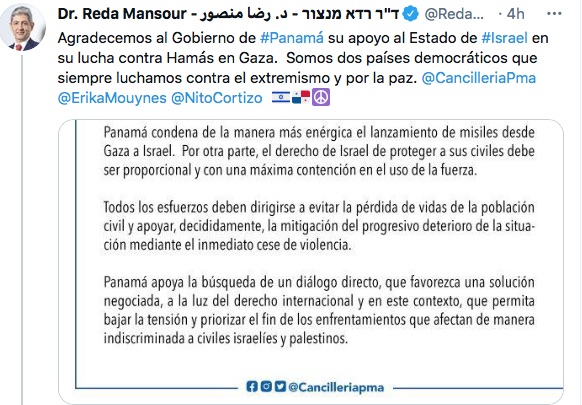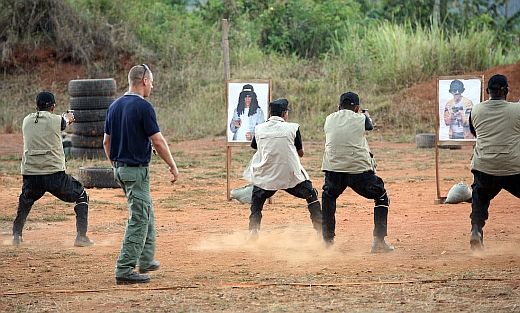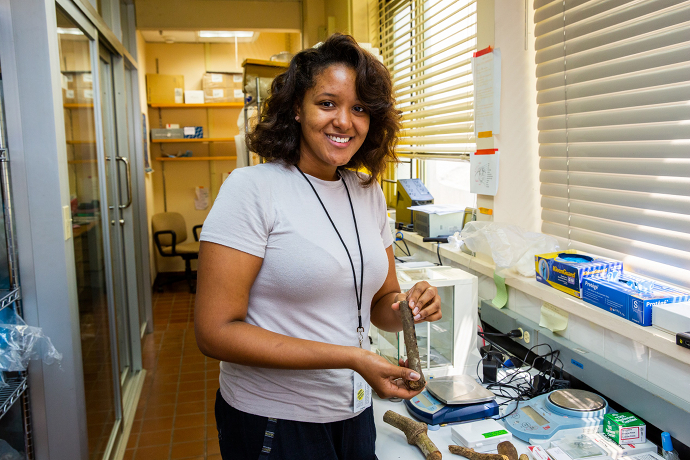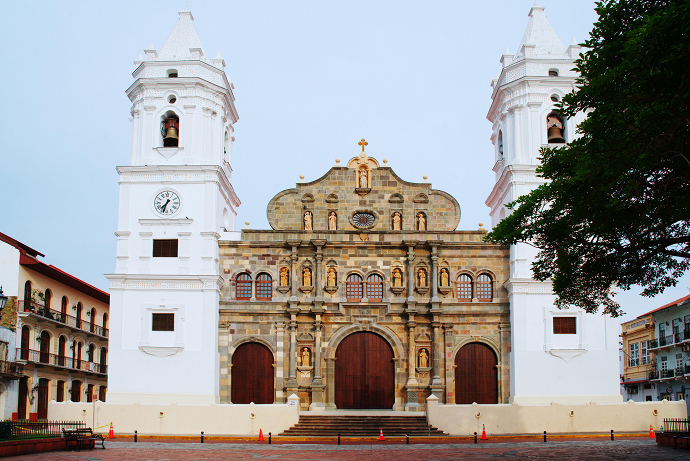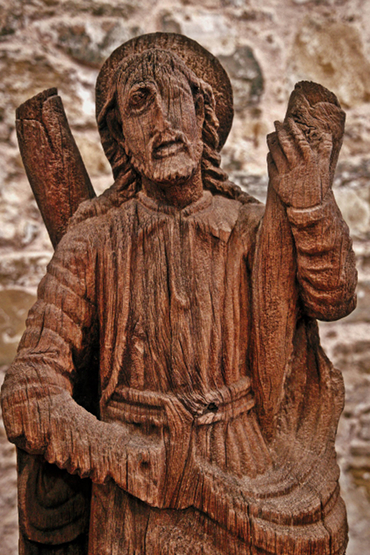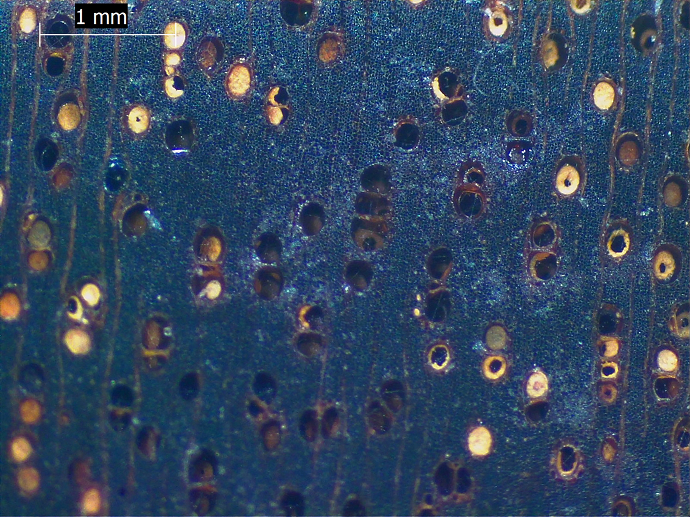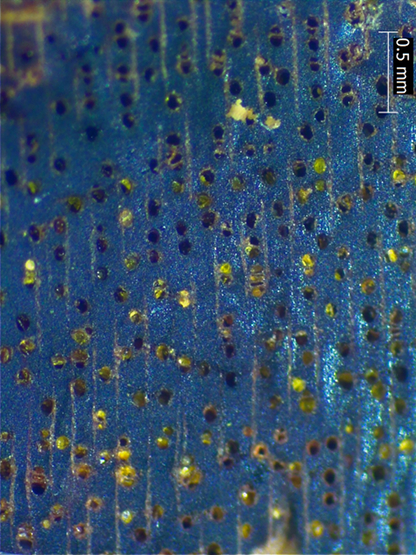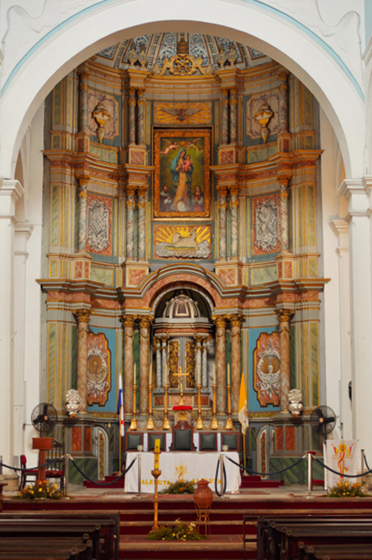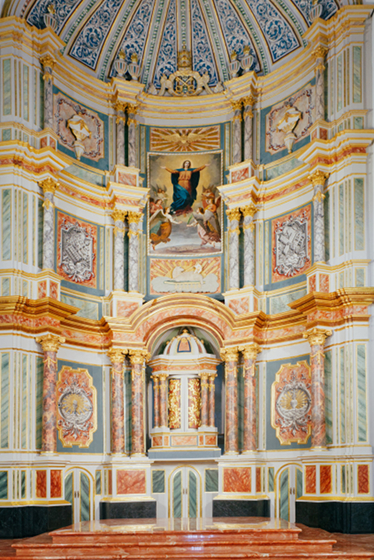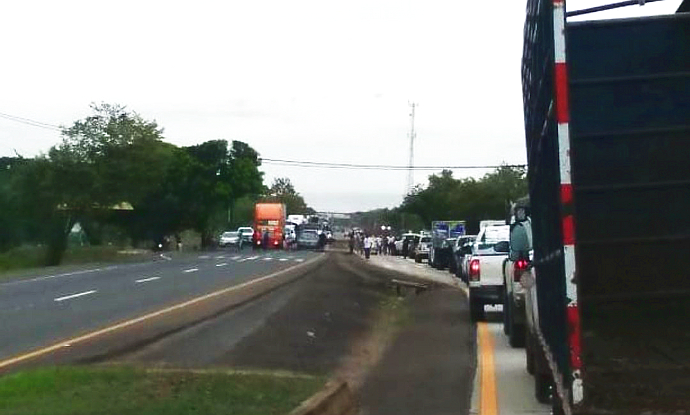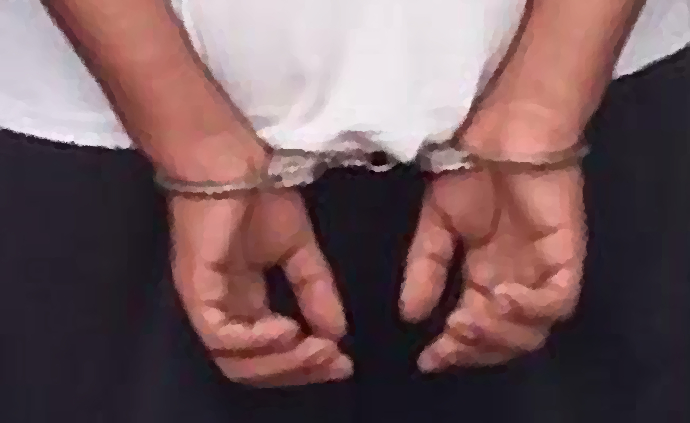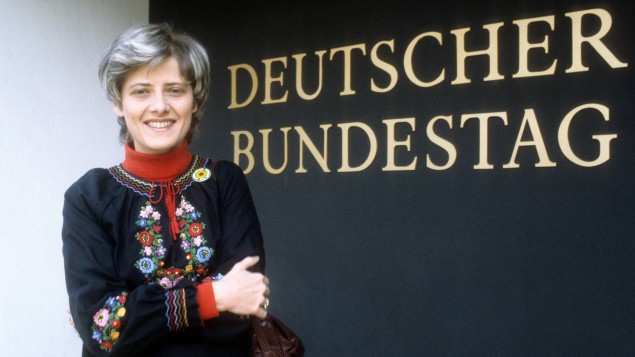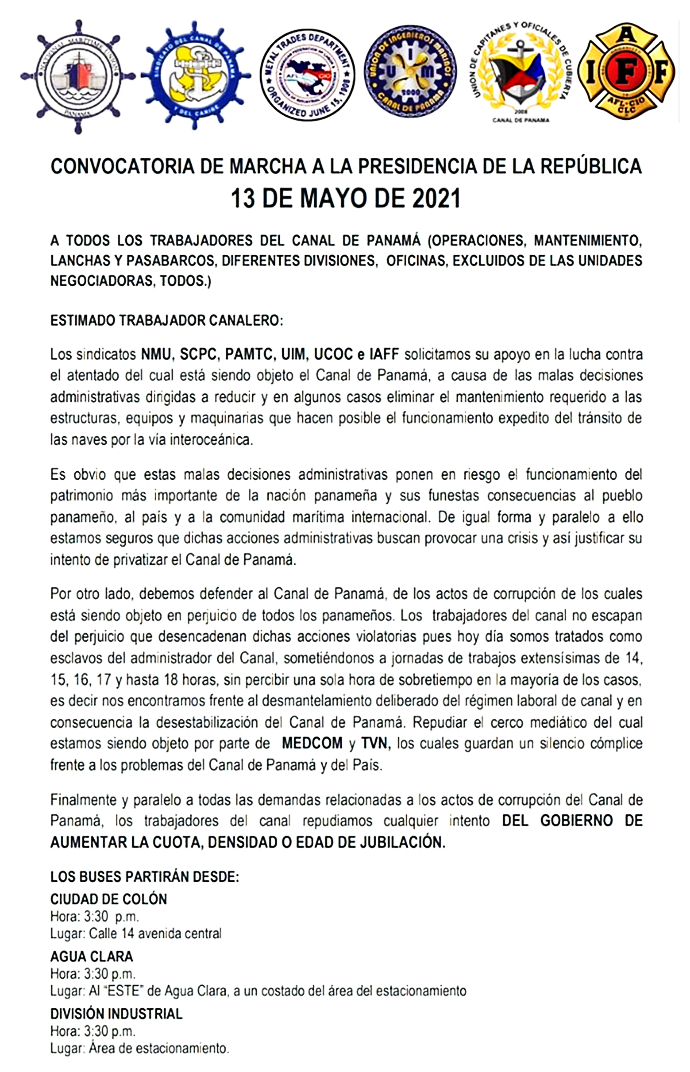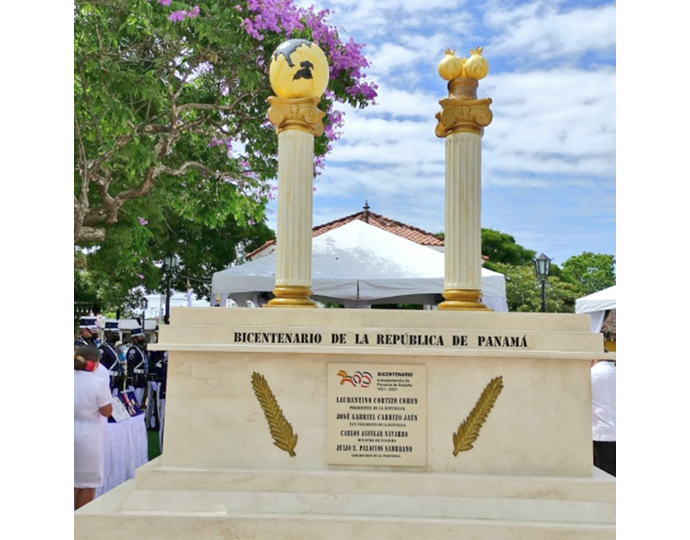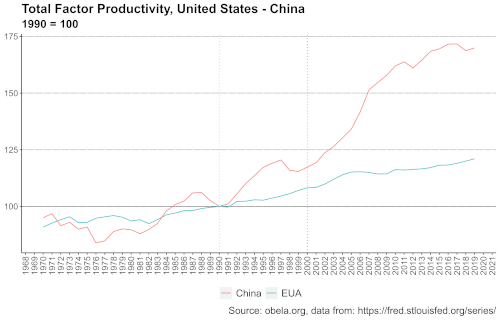Israeli bombardment of Gaza.
The storm that Netanyahu unleashed
May 12, 2021 – 10 p.m. Israeli Time — Yesterday morning (Tuesday) we woke up with the news of twenty one Palestinians killed in Gaza, nine of them minors, and two Israeli women killed in Ashkelon (one of them; it later turned out, was a migrant worker from India, and since then, the death toll on both sides more than doubled). Then came the email which I was expecting. Noa Levy of Hadash sent out an urgent call for emergency protests in Tel Aviv and Jerusalem, A second message, from the Forum of Israeli and Palestinian Bereaved Families and Combatants for Peace, endorsed the Hadash call and added a Haifa protest venue initiated by the Haifa Women for Women Center. “The government is playing with fire — all of us get burned! In a desperate attempt to cling to power, Netanyahu is dragging us into war, into killing and suffering and pain for both peoples. Stop the escalation! Cease the fire! Stop the expulsion of families from Sheikh Jarrah, stop the police rampage in East Jerusalem. There can be no peace and no quiet as long as the West Bank lives under occupation and Gaza suffers a suffocating siege. The solution: an end to the occupation, an end to the siege of Gaza, and the establishment of a Palestinian state alongside Israel, with East Jerusalem as its capital. We all deserve to live in freedom and security. The time to act is now!”
And so, there were several hours of frantic work at the computer and phone, spreading the message by Facebook and WhatsApp to all who waited for such a call on such a day. And then taking the bus to Tel Aviv. The Kugel Boulevard, main Holon thoroughfare on which all buses to Tel Aviv travel, had its completely normal daily bustle. On King George Street in Tel Aviv there were already several hundred people gathered outside the Likud Party headquarters. Among them familiar faces, the determined minority of Israelis who always show up on such days, as in 2014 and 2009.. “Stop the fire, stop the bloodshed!” chanted several hundred throats. And “On both sides of the border / Children want to live!” and “Sheikh Jarrah, don’t despair / We will end the occupation yet!” and also “Gaza, Gaza, don’t despair / We will end the siege yet!” and “Netanyahu, Netanyahu / The Dock at the Hague waits for you!”
Dispersal, and a vague feeling of frustration. But what more could we have done? Perhaps we would have felt more satisfied to be violently dispersed and spend the night in detention – but here, unlike other locations, the police did not interfere with the demonstration. There were only two bored police officers watching from the side. Our favorite vegan eatery was nearby, so we went in. Everything was just like any other evening out in downtown Tel Aviv, it felt a bit strange to have life as usual while terrible things happen elsewhere.
The air raid alarms wailed just after we paid our bill and started walking. We went into a nearby big pharmacy. The pharmacy staff were quietly efficient — “Over here, turn left, the basement stairs are there”. About a hundred people – staff and clients and everyone who happened to be on the street — crowded in. Even in the basement, we could clearly hear the explosions in the sky. “Are these the missiles themselves, or the interceptors?” wondered an old woman. Another old woman said “Don’t worry, dear, if this goes on we will all learn to know which is which.”
After a quarter of an hour we thought it was over and everybody emerged and started again down the street – and then the air raid siren sounded again. This time we went into the basement of a private house with very friendly young people who offered to let us stay the night. “You can stay here, no need to risk going out again, we have spare beds.”
I must say that up to that point it still felt like a bit of a game. I realize now that we shared the arrogant illusion of most Israelis that the Iron Dome missiles were giving us virtually complete protection. But as we were huddling in the second basement of the evening, the phone rang: “Are you OK? Good to hear your voice, I heard of the burned bus in Holon, I was so worried!” “I am in Tel Aviv, what bus is that?” A quick look at the news websites showed the Kugel Boulevard where we had passed just three hours before. It was a war zone, flames and scattered debris everywhere, and the skeleton of a completely burned bus in the middle. It was reported that the driver heard the alarm, stopped the bus and told everybody to run just a minute before the bus was hit.
Perhaps we should have taken the young people’s offer and stayed the night with them. Getting back home was a long and weary experience. The main roads were blocked by the police, and we saw ambulances and fire trucks rushing forward. The bus from Tel Aviv let us off a long way from home and there were no taxis to be had in the whole of Holon, so there was a very long and weary trudging through dark empty streets. At home I had a WhatsApp exchange with an old friend. “Stay alert, this night is not yet over” she wrote. “The government is sure to order a strong retaliation for this attack on Tel Aviv, and the Palestinians will want to retaliate for the retaliation.” She was completely right. After 3:00 p.m. there was a very long series of alarms, one after the other. The explosions were more vague and seemed a long distance off. This time they were aiming at the Ben Gurion Airport.
One of the missiles had fallen on a hut in Lod (Lydda), and killed a fifty year old man and his teen daughter. It later turned out that they were Arabs, that they had lived in an “unrecognized” neighborhood where no building permits are issued, and that this prevented them from building a more solid structure which could have saved their lives.
And so here we are, with the conflict escalating and the death toll rising ever more steeply. And I should recapitulate, at least briefly, how we got to this.
Last Friday — just five days ago, though it seems like an eternity — public attention in Israel was totally riveted to the complicated dance of party politics. Prime Minister Netanyahu, facing three serious corruption charges at the Jerusalem District Court, had just failed in his efforts to form a new cabinet. The mandate passed to the oppositional “Block of Change”, whose leaders embarked on delicate negotiations aimed at forming a very heterogeneous government coalition comprising right-wing. left-wing and center parties, which have virtually nothing in common except the wish to see the last of Netanyahu. We had very mixed feelings about it, especially since the intended new Prime Minister Naftali Bennet is, if anything, more right-wing than Netanyahu. Still, the new government would have very strong mechanisms of “mutual veto” in place that would prevent Bennet from doing too much harm — though the same would also prevent the new government from doing much good, either. And this government would be the very first in Israeli history to rely on an Arab party for its parliamentary majority (other than the Rabin Government in 1995, whose tenure was cut short by the PM being assassinated).
Anyway, there were very concrete plans to have the new cabinet ready for parliamentary approval by Tuesday, May 11 (yesterday). The anti-corruption demonstrators who have been demonstrating every week outside the Prime Minister’s residence were joking about when the movers will arrive to take away the Netanyahu family furniture. But Netanyahu had other irons in the fire.
First, there was the planned expulsion of hundreds of Palestinians from their homes in the Sheikh Jarach neighborhood of East Jerusalem. Dozens of them were due to be expelled within days and extreme right settlers were going to enter into their vacated homes. Protests in Sheikh Jarach and elsewhere in East Jerusalem met brutal police repression. Then, protests spread to the Haram A Sharif (Temple Mount) compound, and so did the police repression. Police started to shoot “rubber” bullets directly into demonstrators’ faces, causing them to lose eyes – at least two of them losing both eyes and becoming blind for the rest of their lives. Footage of the police breaking into the Al-Aqsa Mosque, Islam’s third holiest site and a place considered even by secular Palestinians as a major part of their national heritage, spread widely through the social networks, escalating the protests. And then there was the plan to have thousands of radical young settlers hold the provocative “Dance of the Flags” right through the Damascus Gate and the Muslim Quarter of the Old City of Jerusalem, chanting their habitual racist slogans. The police and government reiterated hour after hour that the “Dance of the Flags” would take place as scheduled. And it was then that Hamas in Gaza threatened to retaliate for the attack on the Palestinians of Jerusalem, and the government declared that it would not bend to “the ultimatums of terrorists”. And at the very last moment the “Dance” was cancelled — but it was too late. At 6.00 PM the salvo of seven Hamas rockets at the outskirts of Jerusalem — which in fact caused no casualties or damage, but which precipitated the Israeli deadly retaliation on Gaza.
And now, a bit more than 48 hours later, here we are, in the midst of an escalating war, the Israeli Air Force destroying high rise buildings in Gaza and proudly announcing the “elimination” of senior Hamas activists — but unable to hinder the Palestinians’ ability to go on shooting rockets. And relations between Jews and Arabs, fellow citizens of Israel, have descended to unprecedented depths of inter-communal violence. In Lod, the police declared a night curfew “to stop the rampaging Arabs” but Arab inhabitants refuse to abide and are involved in violent confrontations with police around a local mosque. And in Bat Yam and Tiberias, mobs of extreme right Jews are assaulting random Arabs and smashing up Arab-owned shops. And repeated again and again in the media is the government’s total refusal to make a ceasefire. “No, no, no ceasefire — we must teach Hamas a lesson!”
Of course no ceasefire. Why should Netanyahu want a ceasefire? Every day in which the shooting continues is one more day of keeping that dreaded movers’ truck away from the Prime Minister’s Residence, one more day of keeping power in his own hands. If there was concrete proof that Netanyahu did it all consciously and deliberately, it would make up criminal charges far more serious than those he is facing at the District Court of Jerusalem. But any such evidence is probably classified Top Secret and would only be published fifty years from now. So, we can’t prove that he did it deliberately, though there can be little doubt about it. We can only end the war and immediately afterwards get rid of him.
Perhaps what is happening now will shake President Biden out of the attitude of keeping a low profile on |Israel and the Palestinians? After all, all this mess had fallen on his desk with quite a loud clatter….
Gush Shalom — the Peace Bloc — is part of the Israeli peace movement. Adam Keller is one of its co-founders. He is the editor of The Other Israel (this link may be blocked at the moment). A corporal in the Israeli Defense Forces reserves as well as a peace activist., in 1968 he served a jail term for refusing to serve in the occupied Palestinian territories.
Contact us by email at fund4thepanamanews@gmail.com
To fend off hackers, organized trolls and other online vandalism, our website comments feature is switched off. Instead, come to our Facebook page to join in the discussion.
These links are interactive — click on the boxes








